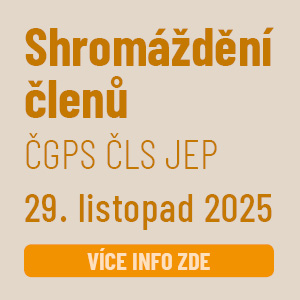Nouzová peripartální hysterektomie; Naše 6 let zkušeností
Nouzová peripartální hysterektomie
Klíčová slova:
Peripartum hysterectomy, placental invasion anomaly, postpartum hemorrhageAbstrakt
Objective: Peripartum hysterectomy is a life-saving procedure performed during and after a vaginal delivery or cesarean section. The incidence of placental invasion anomaly is increasing in parallel with the increase in the number of births by cesarean section. It was aimed to evaluate the frequency, risk factors and outcomes of peripartum hysterectomy performed in a tertiary hospital.
Materials and methods: Research data were obtained by a retrospective review of patient files. Patients who underwent peripartum hysterectomy because of postpartum hemorrhage (PPH) in the Gynecology and Obstetrics Clinic of Trabzon Kanuni Training and Research Hospital, University of Health Sciences, Turkey, were included in the present study. The patients were divided into two groups as those who underwent emergency peripartum hysterectomy (EPH) and those who did not. Demographic variables, fetal and maternal mortality, EPH indications, additional surgeries performed during EPH, and intra- or postoperative complications were collected. Pearson chi-square test was used for statistical analysis.
Results: There were 22464 deliveries, of which 13514 were delivered vaginally and 8950 by cesarean section. Peripartum hysterectomy was performed on 42 patients (vaginal: 16/cesarean section: 26). The most common EPH indications in both groups were placenta accreta spectrum (PAS) (42.9/3.2%), followed by uterine atony (38.1/2.5%). The most common risk factor for EPH was found to be a history of previous cesarean section.
Conclusion: Placental invasion anomalies that cause severe postpartum hemorrhage are due to increased cesarean rates. Now the most common indication of EPH is placental invasion anomalies.



